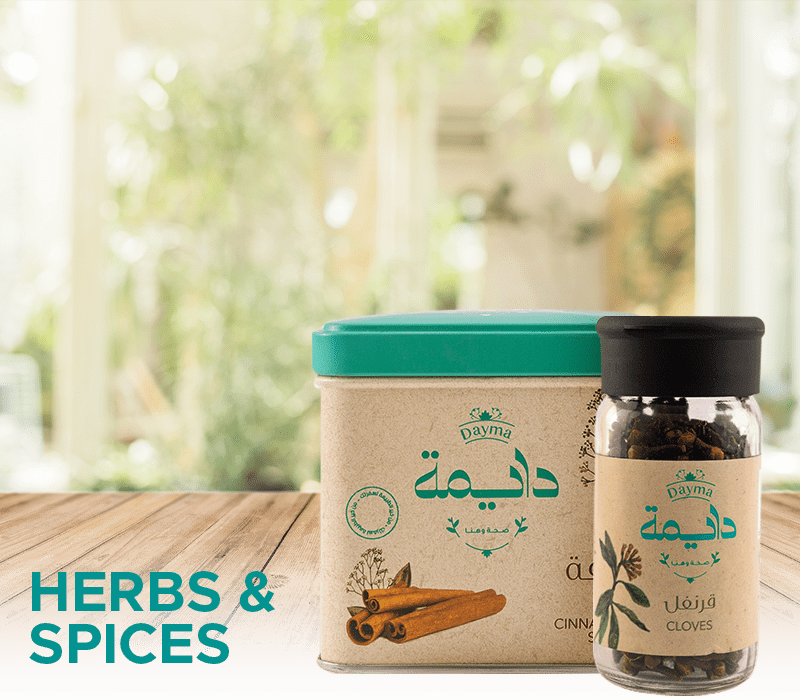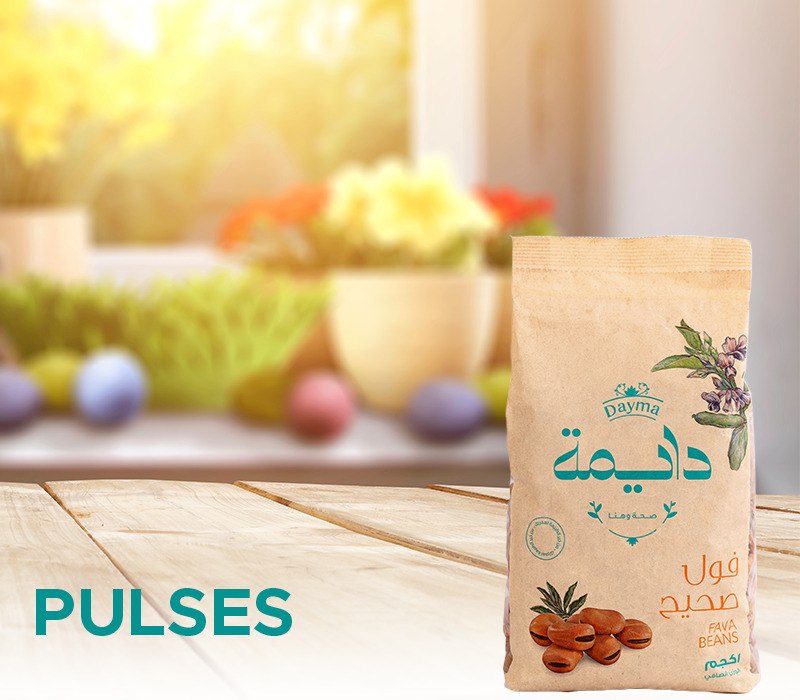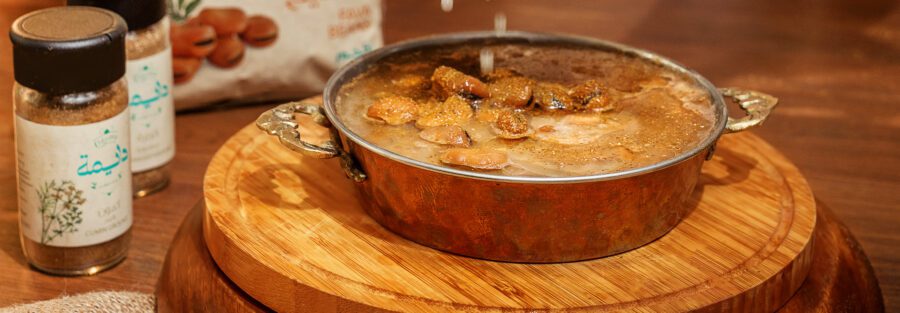Nothing reflects the Egyptian character better than a good old bowl of homemade ‘foul mudames’; a slow-cooked stew of fava beans (also known as broad beans). Since the age of the pharaohs, this dish has been a cornerstone of every traditional Egyptian household. While the fava beans used in this dish are widely used in other areas of the world, what makes ‘foul mudames’ special is the culinary technique used to prepare it, which we call: ‘tadmees’.
In the Arabic dictionary, ‘tadmees’ translates to burying, hiding or covering something, which is exactly how ‘foul mudames’ is prepared.
The origin of ‘foul moudames’ can be traced back to Ancient Egypt. Quantities of fava beans were actually found in pharaonic tombs! The legume was also mentioned in Ancient Egyptian writings. So, it’s definitely safe to say the dish holds a special place in the Egyptian identity.
The Traditional Recipe
To make ‘foul moudames’, first, soak dry fava beans in water overnight. In the morning, the beans should have plumped up and softened. Then you can drain them and rinse them off with fresh water. Transfer the beans to another pot, cover with water and bring to boil. You can add other ingredients to the stew at this point for extra flavor, such as carrots, tomatoes, lentils and celery. Leave the mix to simmer over very low heat for a few hours and add water in between if needed, until completely cooked and ready.
‘Foul moudames’ is very versatile when it comes to serving, but it’s typically topped with oil, salt and cumin and served with bread.
A special jug-shaped pot with a narrow opening known as ‘damasa’, is traditionally used for the ‘tadmees’ process. The pot’s narrow neck is arguably important for blocking air from getting to the stew, oxidizing it and changing its color. While the ‘damasa’ is still used in most ‘foul’ shops, most modern homes just use a regular pot for cooking beans.
Real Nutritional Value
Fava beans are a nutritional powerhouse thanks to its high energy and protein content. It also provides a significant amount of soluble fiber; an important class of carbohydrates essential for healthy digestion and regulating blood sugar and cholesterol levels.
In contrast to animal-based protein sources, fava beans provide a decent amount of protein without any fat or cholesterol; which makes it a heart-healthy dietary choice.
The process of ‘tadmees’ guarantees that the beans’ full nutritional value is preserved, since the cooking liquid used is consumed with the final dish. This ensures that the nutrients that leak into the water are not lost.
While canned legumes and ready-made ‘foul mudames’ is a convenient and sometimes good alternative for busy households, making homemade ‘foul mudames’ from scratch using dry beans is definitely a winner when it comes to guaranteeing wholesome ingredients and avoiding additives and preservatives that are usually found in canned options. In addition, homemade is always more sustainable, cost-effective and environment friendly than packaged and processed goods. Even though the process of ‘tadmees’ is fairly lengthy, it requires minimal effort and the batch cooked can be easily stored for a couple of days in the refrigerator and up to a year if frozen.
There’s no doubt that the practice of ‘tadmees’ has been and will always be a cornerstone of Egyptian cuisine. Not only is it nutritious, affordable, sustainable and delicious, it has also become a strong element in the identity, culture and memories of every Egyptian.
Author: Salmeen Salem








